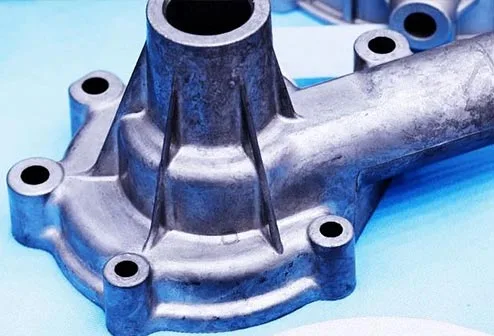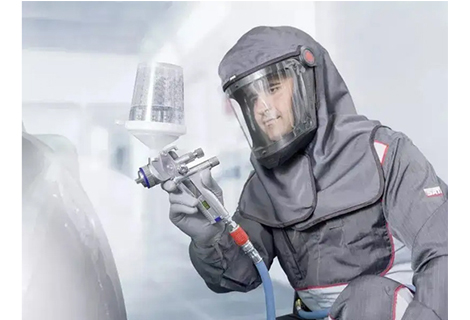CNC machining, as an important process in the modern manufacturing field, has been widely used in various industries to realize the manufacturing of precision parts through the intelligent control of computers. In the manufacturing process, the complexity of the part has a great impact on the machining time. In this paper, we will discuss the time required for CNC machining from the perspective of simple geometry to highly complex structures, and analyze in depth the influence of geometry, machining process and related parameters on machining time. By analyzing the machining time of parts of different complexity, we can better understand the nature of CNC machining and provide useful guidance for decision-making and optimization in manufacturing.
For simple parts, such as nuts, bolts, pins, cylinders, retaining rings, flat washers, rectangles and other basic geometries, the machining time is relatively short. The geometry of these parts is relatively simple and usually only a few faces need to be cut and machined. Because the cutting path is relatively straight and simple, the machining program is easier to write, and the machine tool can complete the cutting operation faster. Typically, a simple part may be machined in tens of seconds to a few minutes, depending on the setting of parameters such as cutting speed, feed rate and depth of cut.
As the complexity of the part geometry increases, for example; gears, cams, crankshafts, connecting rods. The machining time increases accordingly. Moderately complex parts may have multiple surfaces, holes, slots and other features that require more cutting operations. Machining such parts requires the preparation of more complex machining programs, while the cutting path will be more tortuous. Multiple tool and head changes may be required during machining to accommodate different cutting needs, which can increase the total machining time. Typically, machining times for moderately complex parts can range from several minutes to several tens of minutes.
The machining of highly complex parts involves additional technologies, processes and equipment that require advanced machining techniques and specialized knowledge to ensure the performance, accuracy and reliability of the final product. These parts are often used in high-tech applications such as; turbine blades, complex components for spacecraft, precision instrument components, medical implants etc. Therefore there is a higher demand for precision and accuracy in the manufacturing process. The machining process may require synchronized multi-axis motion to complete, this type of part machining time is longer because the machining program is very complex to write, need to consider the coordination of multi-axis motion as well as the selection of cutting tools and optimization of cutting parameters. The machining process may also require multiple tool changes, cutting fluid spraying and other operations to ensure machining quality and accuracy. Machining times for highly complex parts can range from tens of minutes to hours, or even longer.
Here are some common factors that affect machining length:
The geometry and complexity of the part is a major factor in machining time. More complex geometries usually require more cutting operations and paths, resulting in longer machining times.
Different machining processes, such as turning, milling, drilling, etc., affect machining time. The machining speed and depth of cut of each process affects the total time.
Cutting parameters such as cutting speed, feed rate and depth of cut will affect the machining time. Suitable parameter settings can improve efficiency, but may affect part quality if not set properly.
The hardness, toughness and other characteristics of the material to be machined will affect the cutting speed and tool life, thus affecting the machining time.
The type, size and material of the tool will also affect the machining time. Different tools have different cutting capacities and life.
Tool changes or adjustments may be required several times during the machining process. Tool change and setup time increases the total machining time.
The performance and accuracy of the machine tool affects machining speed and quality. More advanced machines usually have higher machining speeds and accuracy.
Writing a CNC machining program also takes some time. Complex geometries and machining paths may take longer to write.
After machining is complete, post-processing and part inspection are required. These steps also add to the total time.
1) Estimate based on historical data for similar parts.
2) Use a machining manual or software to estimate machining time.
3) Consider the average time for each process and accumulate the times for each process.
4) Use machining time formulas to estimate, taking into account cutting parameters, tools, and materials.
For more accurate estimates, you can use professional CNC machining software to input the geometric data of the part, cutting parameters, and tooling information, and the software will generate a more accurate machining time estimate.Richconn is a precision manufacturing company, and we have a number of engineers with extensive CNC machining experience who can provide you with accurate and fast quoting services.
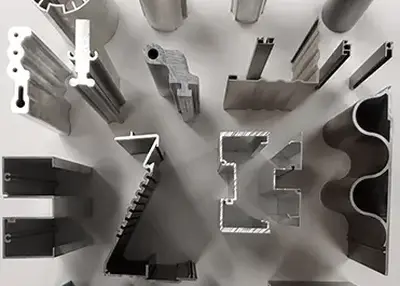 Aluminium Extrusion: A Versatile and Innovative Manufacturing ProcessNovember 30, 2023Aluminium extrusion is a process of forcing aluminium alloy material through a die to create a continuous shape or product. The material can be solid, liquid, or semi-solid, and it can be metal, plastic, ceramic, or food.view
Aluminium Extrusion: A Versatile and Innovative Manufacturing ProcessNovember 30, 2023Aluminium extrusion is a process of forcing aluminium alloy material through a die to create a continuous shape or product. The material can be solid, liquid, or semi-solid, and it can be metal, plastic, ceramic, or food.view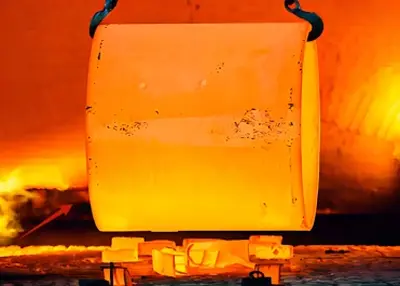 Heat Treatment of Metals: Process, Benefits, and Vital TipsMarch 15, 2024Heat treatment alters the properties of metals for different applications. The guide discusses the process, benefits, and vital tips of heat-treating metals.view
Heat Treatment of Metals: Process, Benefits, and Vital TipsMarch 15, 2024Heat treatment alters the properties of metals for different applications. The guide discusses the process, benefits, and vital tips of heat-treating metals.view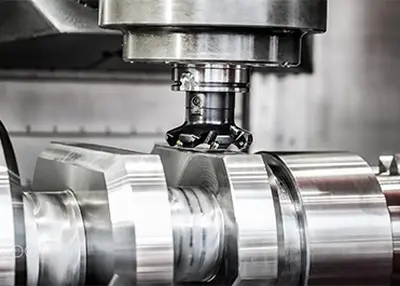 CNC Motion Control and Three Common TypesOctober 20, 2023Many CNC machines can be left unattended throughout the machining cycle, freeing the operator for other tasks. This benefit allows CNC users to provide several side effects, including reduced operator fatigue, errors due to operator error, and consistent and predictable machining times for each workpiece.view
CNC Motion Control and Three Common TypesOctober 20, 2023Many CNC machines can be left unattended throughout the machining cycle, freeing the operator for other tasks. This benefit allows CNC users to provide several side effects, including reduced operator fatigue, errors due to operator error, and consistent and predictable machining times for each workpiece.view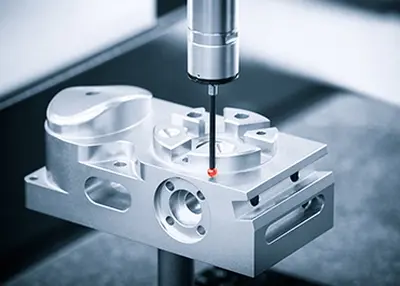 Rapid Prototyping for Every Phase of Product DevelopmentOctober 11, 2023Time to market is critical to your competitive advantage. However, forgoing prototyping is a big risk that can cost you production costs, lost revenue, and your reputation if your product doesn't...view
Rapid Prototyping for Every Phase of Product DevelopmentOctober 11, 2023Time to market is critical to your competitive advantage. However, forgoing prototyping is a big risk that can cost you production costs, lost revenue, and your reputation if your product doesn't...view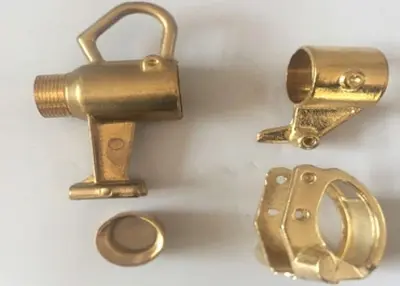 What Is Die Casting?March 7, 2024Do you know about die cast definition? This article introduces the definition, process, types, and everything you need to know about die cast.view
What Is Die Casting?March 7, 2024Do you know about die cast definition? This article introduces the definition, process, types, and everything you need to know about die cast.view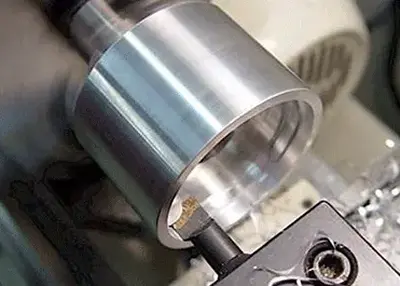 Boring Machining Process GuideNovember 22, 2023In CNC machining, boring technology is used as a precision machining process with a spindle mounted sleeve. Boring is a machining process in which the internal surface of a workpiece is cut by a rotating tool on a boring machine to determine the precise hole diameter and surface quality.view
Boring Machining Process GuideNovember 22, 2023In CNC machining, boring technology is used as a precision machining process with a spindle mounted sleeve. Boring is a machining process in which the internal surface of a workpiece is cut by a rotating tool on a boring machine to determine the precise hole diameter and surface quality.view
 EN
EN
 ru
ru 
